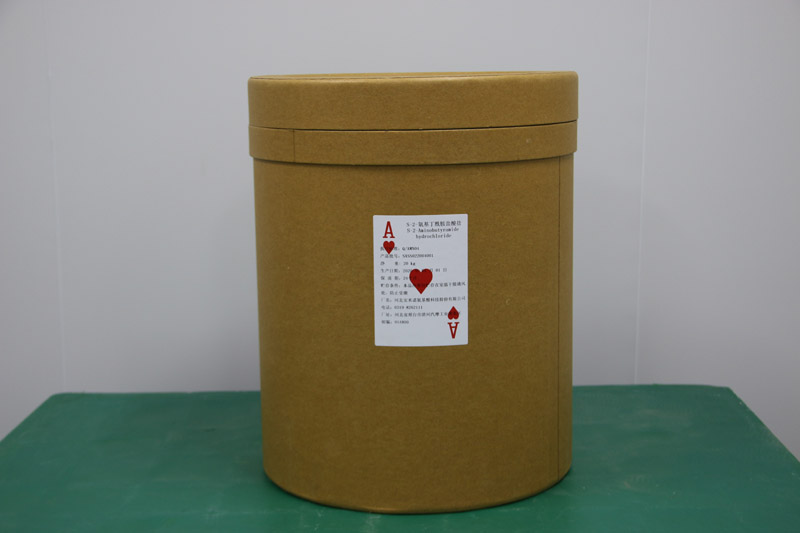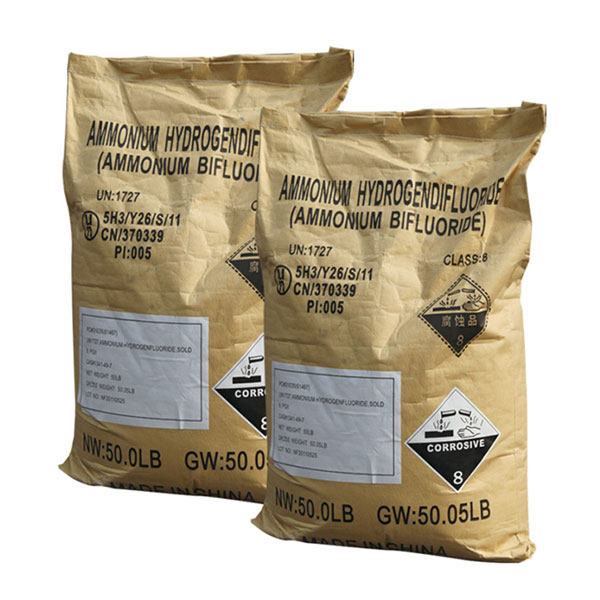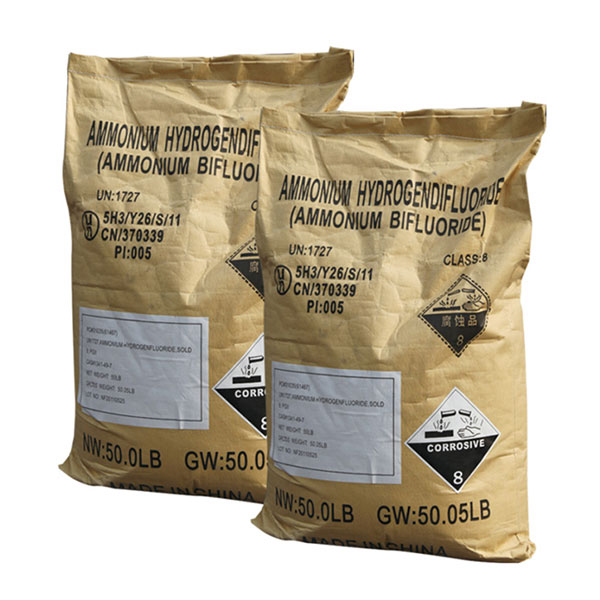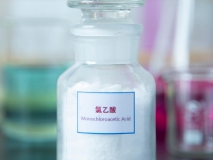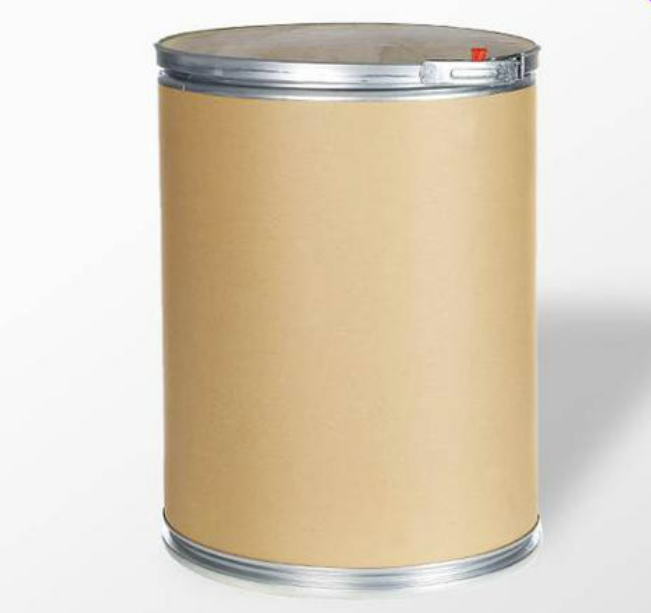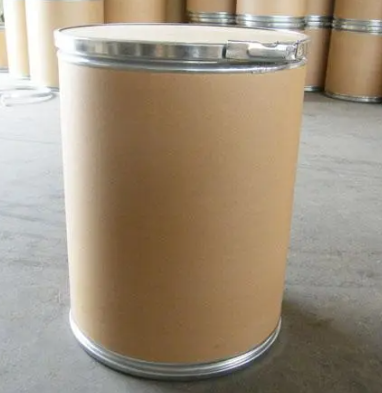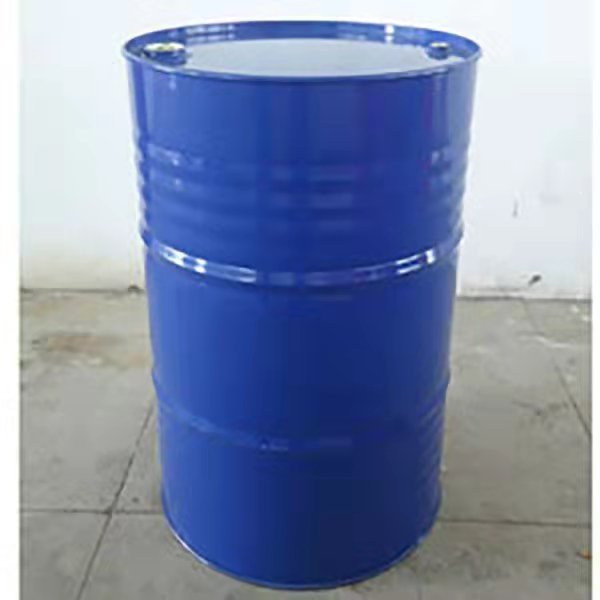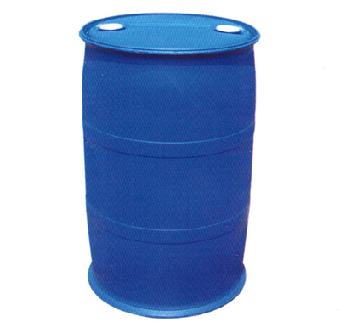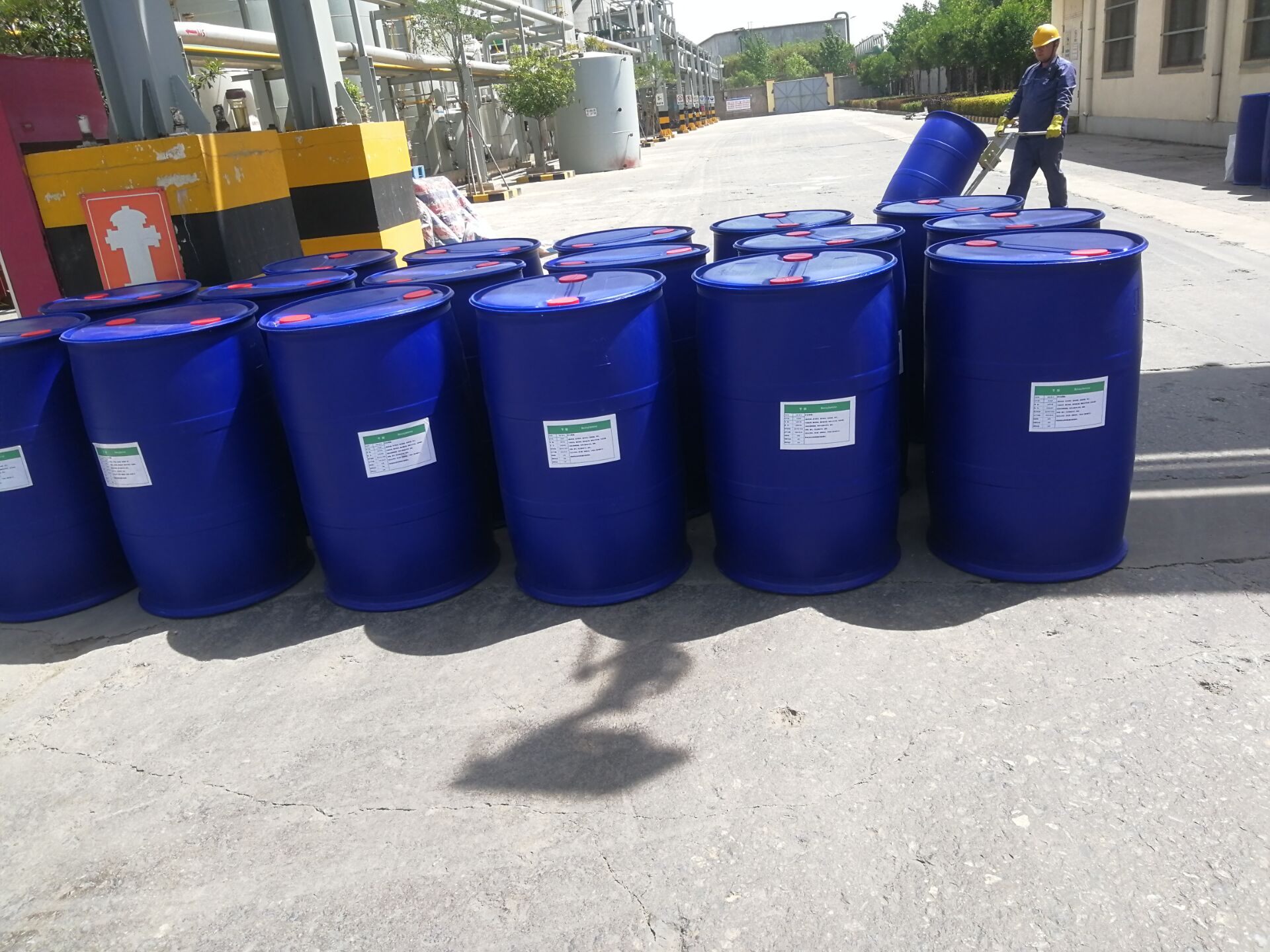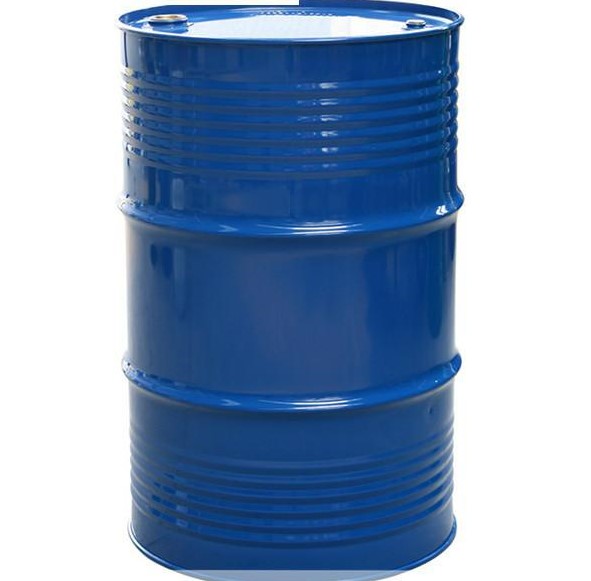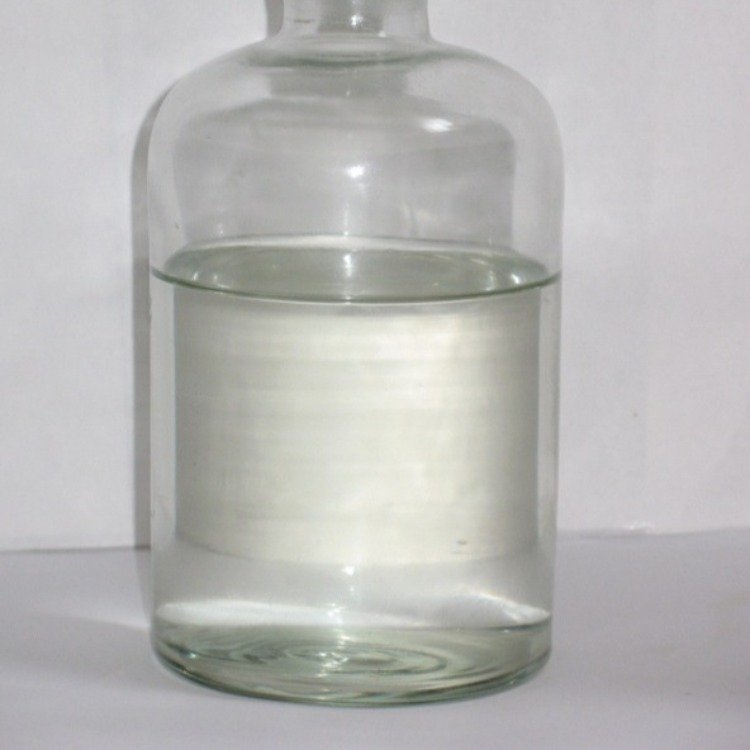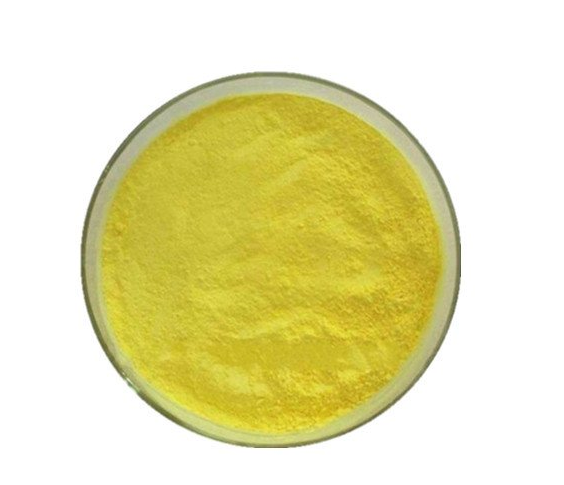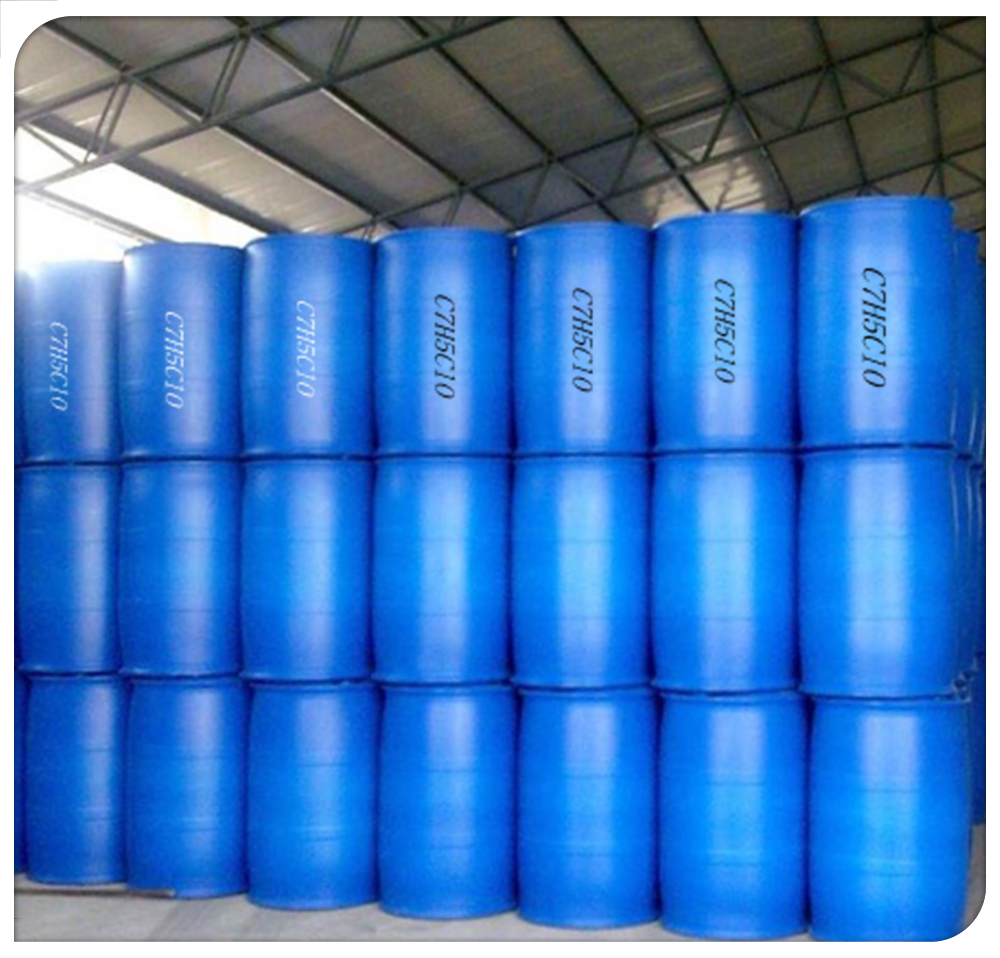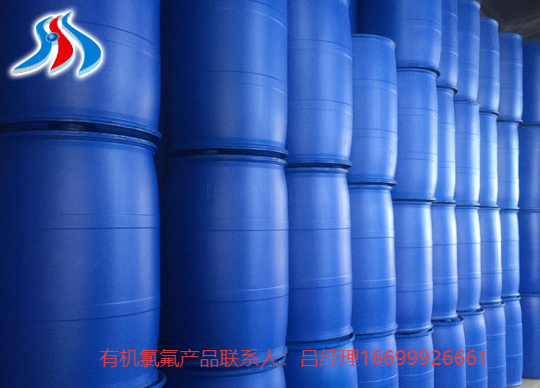API & Intermediate
Pharmaceutical Raw Materials
Veterinary API
Antiallergic Drugs
Hormones and Endocrine Drugs
Drug Metabolism
Pharmaceutical Intermediates
Synthetic Anti Infective Drugs
Specialty Drugs
Vitamins and Minerals Medicines
Feed Drug Additive
Antineoplastic Agents
Nervous System Drugs
Respiratory Drugs
Diagnostic Agents
Anti Stress Drugs
Antipyretic Analgesics
Antiparasitic Drugs
Circulatory System Drugs
Biochemicals
Blood System Drugs
Immune System Medication
Pharmaceutical Excipients
Fluid, Electrolyte, and Acid-Base Balance
Urinary System Drugs
Antibiotics
Anesthetic Agents
Inhibitors
Other Chemical Drugs
Digestive System Drugs
Find
3910
related chemicals for you
CAS:7682-20-4
Molecular Formula:C4H11ClN2O
Alias
More Information
H-Abu-Nh2 Hcl; S(+)2-Amino Butyramide Hydrochloride; (S)-2-Aminobutanamide Hydrochloride; (2S)-2-Aminobutanamide Hydrochloride; L-2-Aminobutanamide Hydrochloride; S-2-Aminobutanamide Hydrochloride; S(+)-2-Amino Butyramide HCL; (S)-(+)-2-Amino Butylactamide Hydrochloride
Brief Introduction
L-2-Aminobutanamide hydrochloride, English name is L-2-Aminobutanamide hydrochloride, Chinese alias is ABAH; (S)-2-Aminobutanamide hydrochloride, CAS number is 7682-20-4, molecular formula is C4H11ClN2O, a white or off-white solid powder, is used as an anti-epileptic and anti-convulsant drug intermediate.
Suppliers
View More Vendors (5) >
<Invalid Value>
/
/
-
Ningbo Bichem Pharmaceutical Co.,Ltd.
/
/
-
<Invalid Value>
/
/
-
CAS:79-11-8
Molecular Formula:C2H3ClO2
Alias
More Information
Monochloroethanoic Acid; Monochloressigsaeure; Monochloroacetic; Anhydrous Chloroacetic acid; TZR-701 Flame Retardant Lubricant; Isocyanuric acid Melamine salt; Monochloroacetic Acid; Monochloro Acetic acid
Brief Introduction
Chloroacetic acid, solid is a colorless to light-brown crystalline material. It is soluble in water and sinks in water. Combustible. It is transported as a molten liquid and therefore can cause thermal burns. It is toxic by ingestion, skin absorption and inhalation of dust. It is corrosive to metals and tissue.
Suppliers
View More Vendors (5) >
CAS:83857-96-9
Molecular Formula:C8H11ClN2O
Alias
More Information
2-Butyl-5-Chloro-4-Formylimidazole; 2-N-Butyl-4-Chloro-5-Formylimidazloe; 2-Butyl-4-Chloro-5-Formylimidazole (BCFI); BCFI; 2-Butyl-5-Formyl-4-Chloroimidazole; 2-N-Butyl-4-Chloro-1H-Imidazole-5-Carboxaldehyde; 2-N-Butyl-4-Chloroimidazole-5-Carboxaldehyde; 2-Butyl-4-Chloro-1H-Imidazole-5-Carbaldehyde; 2-N-Butyl-5-Chloro-4-Formyl Imidazole; 2-Butyl-4-Chloroimidazole-5-Carboxaldehyde; 2-N-Butyl-4-Chloro-5-Formylimidazole; 2-Butyl-4-Chloro-5-Formylimidazloe; 2-Butyl-5-Chloro-1H-Imidazole-4-Carboxaldehyde; 2-n-Butyl-4(5)-Chloro-1H-Imidazole-5(4)-Carboxalde; 2-Butyl-4-Chloro-5-Formyl Imidazole; BCFI (2-Butyl-4-Chloro-5-Formylimidazole)
Brief Introduction
Losartan is an intermediate of antihypertensive drug.
Suppliers
View More Vendors (5) >
CAS:100-46-9
Molecular Formula:C7H9N
Alias
More Information
Phenyl-Methanamine; Phenylmethanaminium; Benzyl Amine; Phenylmethanamine; A-Aminotoluene; Benzylamin, (Acidimetrisch); Phenylmethylamine; Benzylamin; Benzenemethanamine; Moringine; Omega-Aminotoluene; Sumine 2005; Moringine[qr]; Omega-Aminotoluene[qr]; BZA
Brief Introduction
Benzylamine is a colorless liquid, which produces smoke in the air. It is miscible with water, ethanol and ether, and soluble in acetone and benzene. It can absorb CO2, react with halogenated hydrocarbon to form N-substituted benzylamine, react with acyl chloride, anhydride or ester to form n-benzylamide, and react with aldehyde and ketone to form n-benzylimine. It can be prepared by the reaction of benzyl chloride with ammonia, or by the reduction of benzonitrile, or by the reduction and ammoniation of benzaldehyde with NH3 and H2 / Ni. This product is used in organic synthesis, qualitative test of metal organic compounds, determination of platinum, vanadium and tungstate, and as precipitant of thorium, cerium, lanthanum and zirconium. Benzylamine is also an intermediate for the preparation of imidacloprid and acetamiprid, and is also an intermediate for sulfametholone.
Suppliers
View More Vendors (5) >
Anyang Lee Yuen New Materials Technology Co.,Ltd.
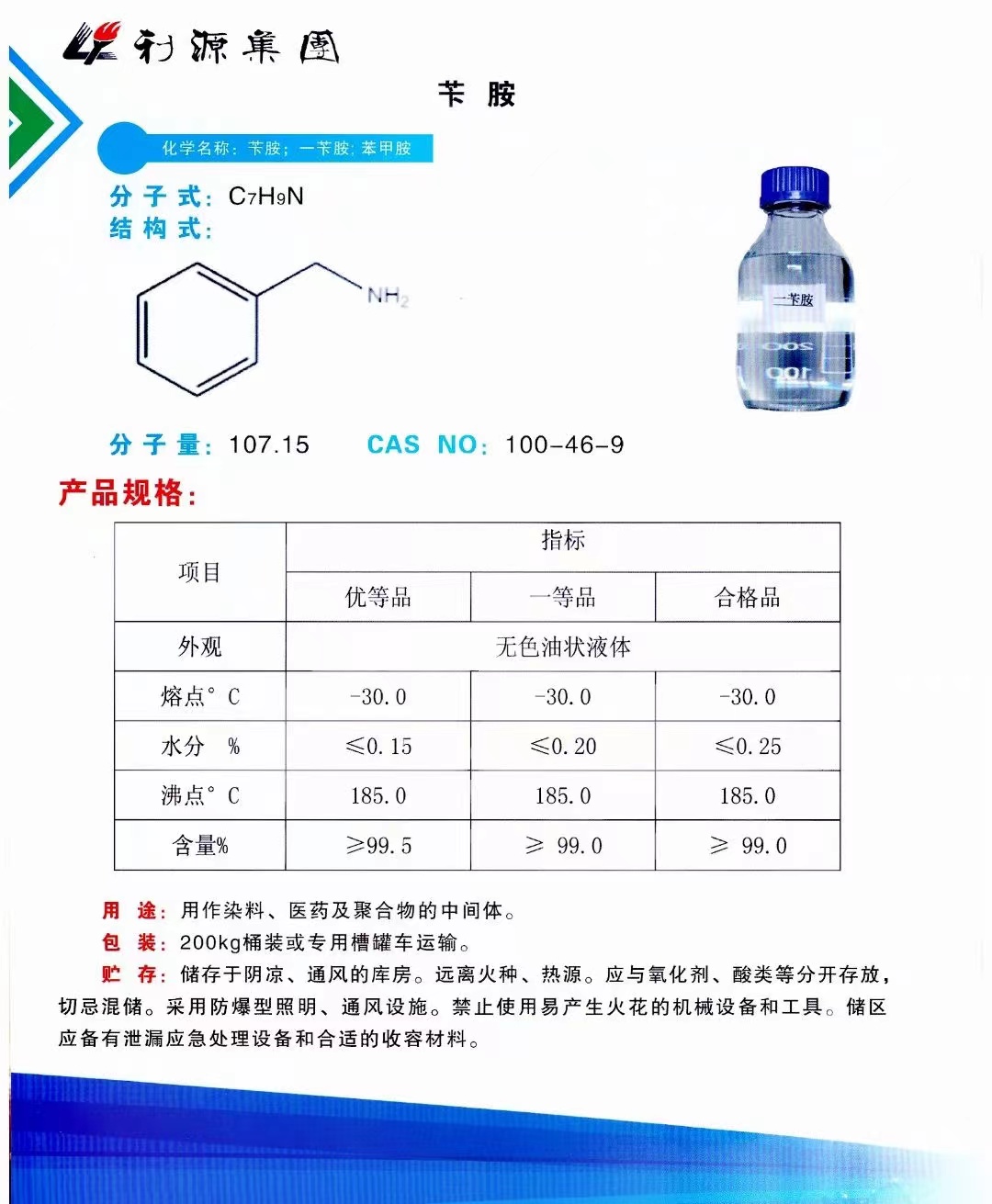
200KG/Drum
/
-
CAS:104-88-1
Molecular Formula:C7H5ClO
Alias
More Information
p-Chlorobenzaldehyde; 4-Chlorobenzaldehyde; p-Chlorobenzenecarboxaldehyde; Para-Chlorobenzaldehyde; P-Fluorobenzaldehyde; 4-Chlorbenzaldehyd; PARA Chloro Benzaldehyde; 4-Chloro Benzaldehyde; p Chloro Benzaldehyde
Brief Introduction
4-Chlorobenzaldehyde is also known as 4-chlorobenzaldehyde, with a molecular formula of C7H5ClO and a molecular weight of 140.567. This substance is mainly used in the manufacture of sedatives such as fenalol and aminophenolic acid and other pharmaceutical raw materials and intermediates. It is used in the manufacture of chlorocinnamon Aldehydes, weeding and killing enemies, etc.
Suppliers
View More Vendors (5) >
Hubei Lianchang New Material Co.,Ltd.
99.55%
/
Tech Grade
250kg
/
Plastic Drum
Inquiry (
10
/ 10
)
Clear All
You can inquire for up to 10 products at a time
Sign In
Error!

